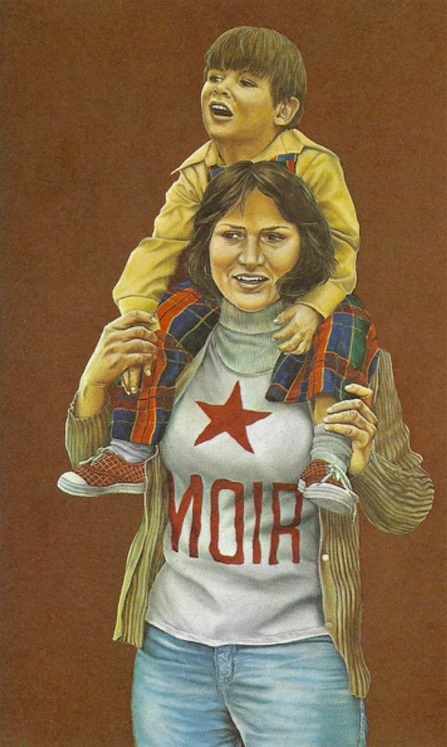centro cultural tina modotti Clemencia Lucena
Clemencia Lucena (Bogotá, 1945 – Cali, 1983) fue una artista colombiana.
En 1971 se unió al Movimiento Obrero Independiente Revolucionario (MOIR), fundado en la ciudad de Medellín el año anterior. En sus comienzos, el MOIR agrupó a una serie de militantes estudiantiles y obreros de izquierda, predominantemente maoístas. Su objetivo era crear un partido obrero que liderara una revolución socialista: rechazaban las formas de organización del gobierno, la lucha armada y toda forma de imperialismo.
Lucena, una artista que ya venía trabajando temas asociados a problemáticas sociales y, principalmente, de género, se sumó al MOIR asumiendo rápidamente la creación de un arte de propaganda. Desde esa plataforma política propuso un arte dirigido al pueblo, producido desde una consciencia de clase, el que además suponía una particular aproximación al espacio público, como ha señalado la investigadora María Mercedes Herrera.
Bajo el punto de vista de la artista, si bien el arte estaba destinado a la clase obrera y campesina, la obra, alineada con la lucha revolucionaria, tenía que ocupar todas las instancias posibles para difundir su mensaje: desde los salones oficiales, las galerías y las bienales –destinadas a la burguesía– a la prensa y la calle. De ese modo, el objetivo de la obra revolucionaria era permear distintos soportes editoriales y espacios de exhibición a través de un mensaje claro, directo y políticamente coherente.
_
The Colombian painter and critic Clemencia Lucena was born in Bogotá in 1945 and died in the city of Cali in 1983.
She studied sculpture with the Colombian artist Edgar Negret (b. 1920) at the Universidad de los Andes in Bogotá. Her career has been divided into two phases: the first from 1967 to 1971 and the second from 1971 until her last solo exhibition in 1979. The paintings from the first phase mimic press announcements about recently crowned beauty queens or single women that, by mocking the platitudes commonly attributed to some of these women, signal a feminist stance to which Lucena and other women artists subscribed.
For these paintings she referenced photography by choosing a section of a newspaper, enlarging the fragment, and then cropping the news clipping in such a way as to decontex-tualize the note by removing part of the headline and the content around it.
In 1971 Lucena joined the Movimiento Obrero Independiente Revolucionario (MOIR), a Maoist group founded in 1969.
The works she painted after 1971 have a markedly socialist realist tone that carried a concern for representing the struggles of peasants and union workers. Critics pointed out the seeming serenity of her scenes in which labor strikes and the struggle of the left were represented with innocence and naïveté. With this shift—from an artist with a feminist agenda to a painter committed to fighting for human rights—came an interesting ideological break. Some critics, however, do not see a contradiction between her earlier and later series and choose to read her work as an ongoing effort to give a voice to women within male-dominated spheres.
Her participation in MOIR influenced her to publish essays on art in newspapers from 1972 to 1975, which eventually would become part of her first anthology, Anotaciones políticas sobre pintura colombiana (1975).
Her work was regularly included in solo and group shows, including the 21st Salón de Artistas Nacionales (1970) at the Museo Nacional in Bogotá; Exhibición de arte contemporáneo de Colombia (1971) in San Juan, Puerto Rico; and 3rd Bienal de arte de Coltejer (1972) in Medellín, Colombia.
Her work is held in private and public collections in Colombia, including the Biblioteca Luis Ángel Arango, Banco de la República —Marcela Guerrero
_

_
obra: Clemencia Lucena, En un día de movilización, 1979
obra: Clemencia Lucena, En un día de movilización, 1979